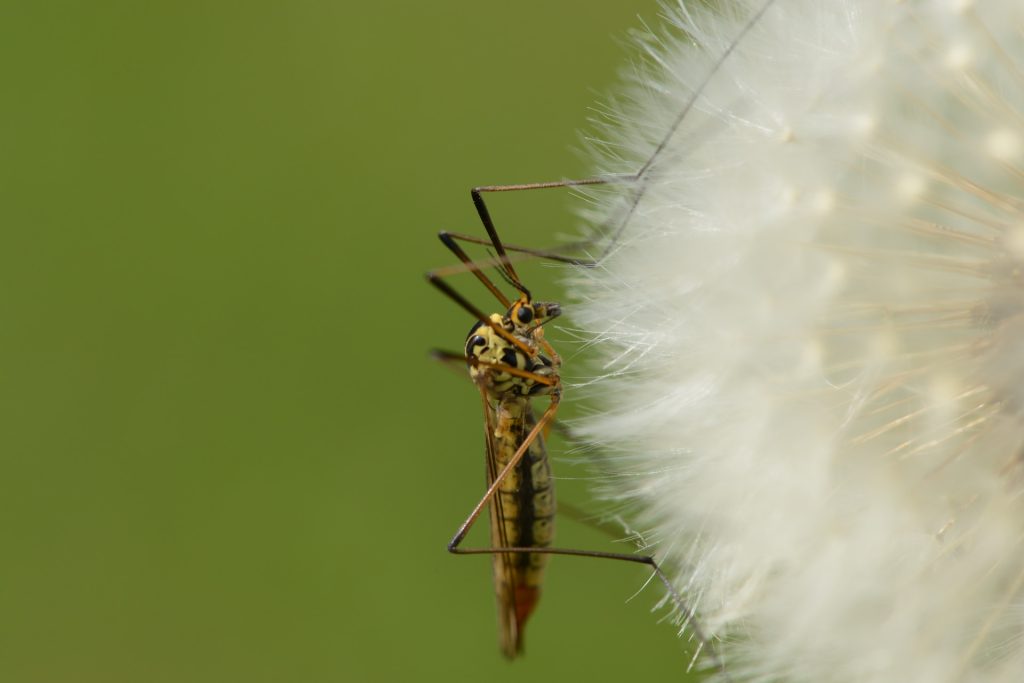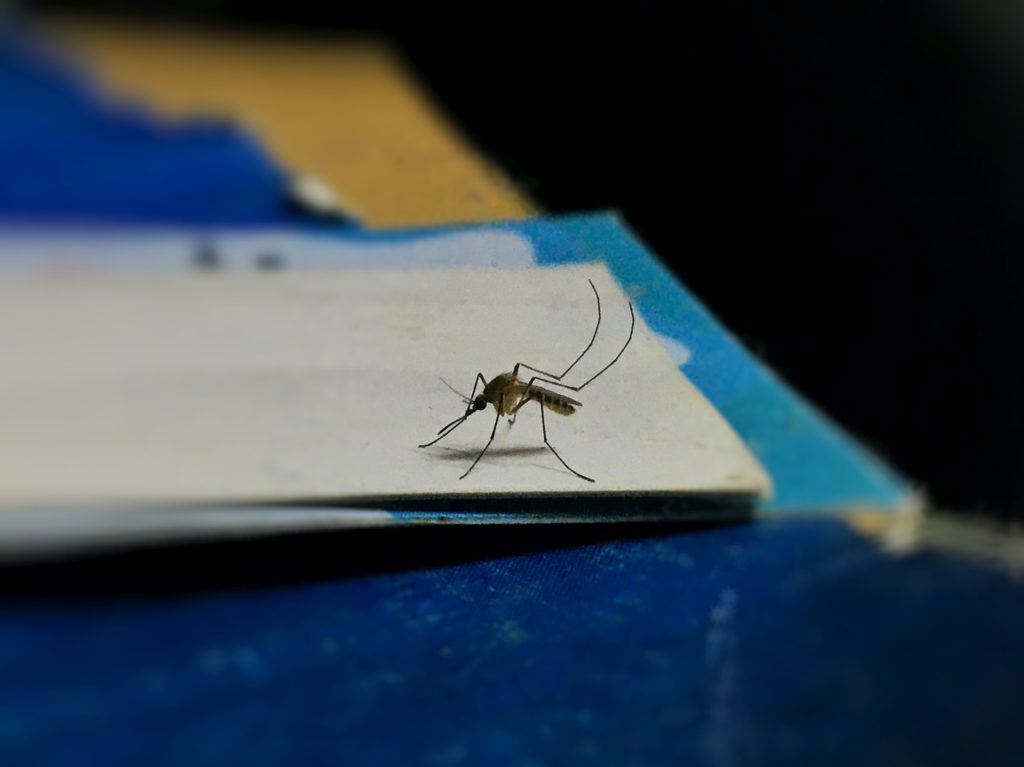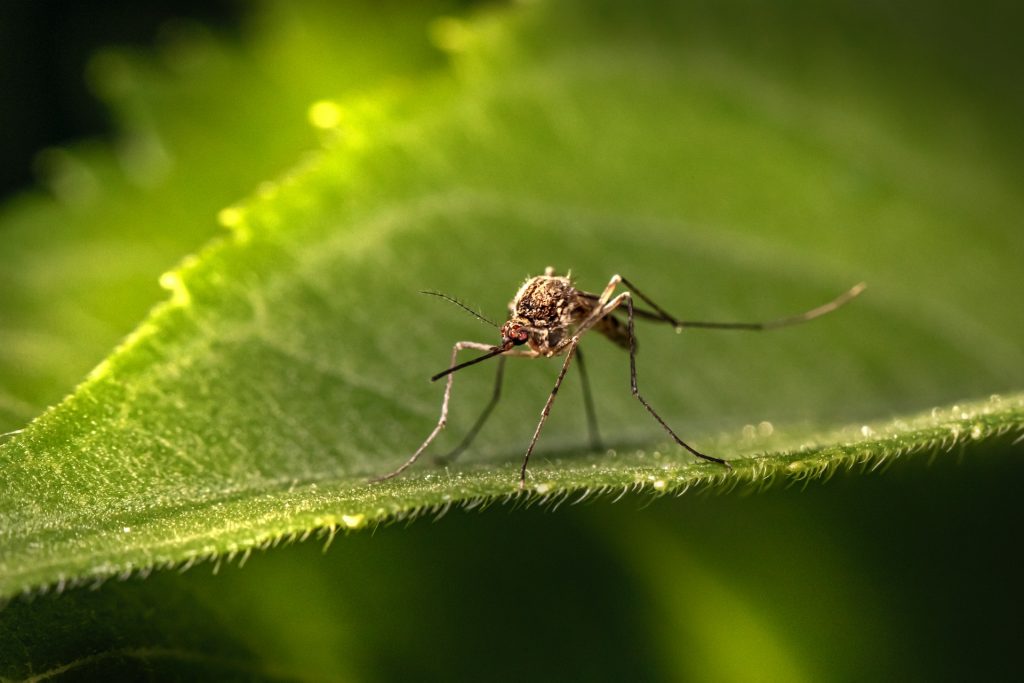Mosquitoes, those tiny summertime nuisances, are not just bothersome insects. Beyond their itchy bites and incessant buzzing, they serve as vectors for various diseases that can pose serious threats to human health. These relentless carriers employ their siphon-like mouthparts with remarkable efficiency, silently piercing human skin and extracting blood without triggering any immediate notice. As Patrick Kelly, PhD, Director of Global Epidemiology for Tick-Borne Diseases at Pfizer, puts it, this highly evolved feeding mechanism has been fine-tuned over millions of years, allowing mosquitoes to maximize their disease-carrying potential.

The Lethal Reputation of Mosquitoes
The U.S. Centers for Disease Control and Prevention has aptly dubbed mosquitoes the “world’s deadliest animal.” While these insects weigh just 2.5 milligrams, their impact is far-reaching, causing over 700,000 deaths globally each year due to vector-borne diseases transmitted by mosquitoes. Let’s delve into some of the deadly diseases these buzzing adversaries can transmit.
1. Malaria
Malaria, a widespread and harmful disease, is primarily transmitted by female Anopheles mosquitoes. Symptoms, such as fever, headache, and chills, manifest 10 to 15 days post-bite, with certain types posing a risk of fatality. With over 247 million cases diagnosed annually, malaria remains a global health concern. Although treatments and a multi-dose vaccine exist, drug-resistant strains of the parasite can quickly emerge, making malaria a persistent challenge.
2. West Nile Virus
Mosquitoes carrying the West Nile virus can induce symptoms like fever, headache, neck stiffness, tremors, convulsions, and muscle weakness. Alarmingly, up to 80% of infected individuals may remain asymptomatic. However, severe forms of the disease, including West Nile encephalitis or meningitis, affect one in 150 diagnosed individuals, posing a higher risk for those immunocompromised, with specific medical conditions, or over the age of 60.
3. Dengue
Endemic in 100 countries, dengue infections linked to disease-carrying mosquitoes total a staggering 390 million annually. While the majority experience mild illness, severe cases can lead to intense symptoms such as headache, joint pain, high fevers, nausea, and even death. Aedes aegypti mosquitoes, known as the “cockroaches of mosquitoes” due to their adaptation to urban environments, are the culprits behind the spread of dengue.

4. Zika
The Zika virus, often asymptomatic, can cause muscle and joint pain, headache, fever, rash, and conjunctivitis. However, the greatest concern arises when pregnant individuals are bitten, as it poses risks of miscarriage, preterm birth, and congenital malformations like microcephaly. Aedes mosquitoes primarily transmit Zika, with sexual transmission also documented.
5. Yellow Fever
Aedes and Haemogogus mosquito species transmit yellow fever, causing symptoms such as headache, fever, muscle pain, nausea, and jaundice. Diagnosing yellow fever can be challenging, as its symptoms may mimic other diseases. An effective vaccine and supportive treatments are available, with efforts like the World Health Organization’s EYE Strategy aiming to protect one billion people against yellow fever by 2026.
6. Chikungunya
Originating from Africa, Asia, Europe, and the Pacific Islands, chikungunya entered the Americas in 2013 and has since spread to 110 countries. Carried by aggressive Aedes mosquitoes, it causes symptoms like fever, joint pain, and rashes. While vaccines are in development, none are currently approved, emphasizing the need for ongoing research and innovation.

A Glimpse into the Future
The toll of mosquito-borne diseases on human health is significant, but emerging treatments and innovative solutions offer hope. Genetic modification, gene drives, sterile mosquito offspring, and even lasers are among the evolving technologies that, when combined with existing control measures, could prove instrumental in curbing the impact of mosquito-borne diseases. As science continues to advance, the prospect of reducing the threat posed by these tiny yet formidable disease carriers becomes increasingly promising.





